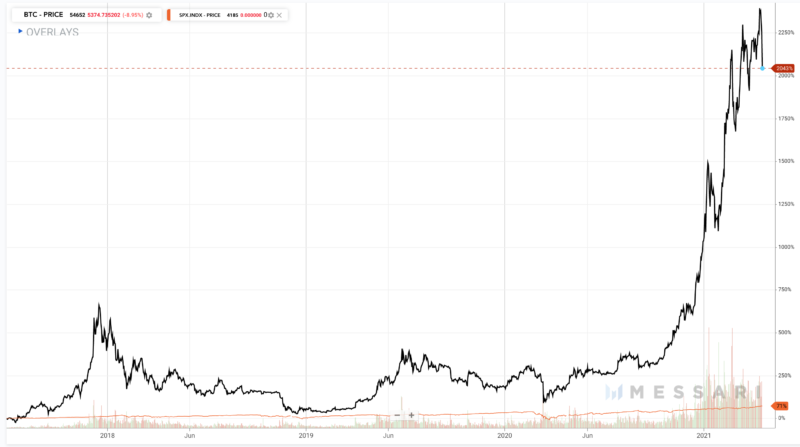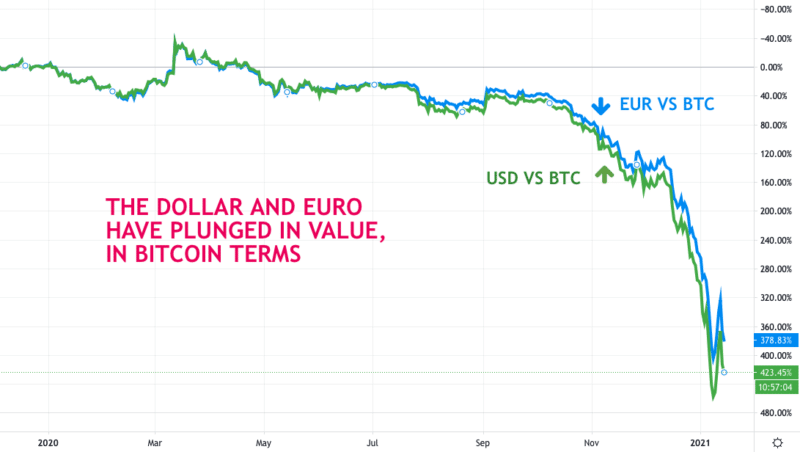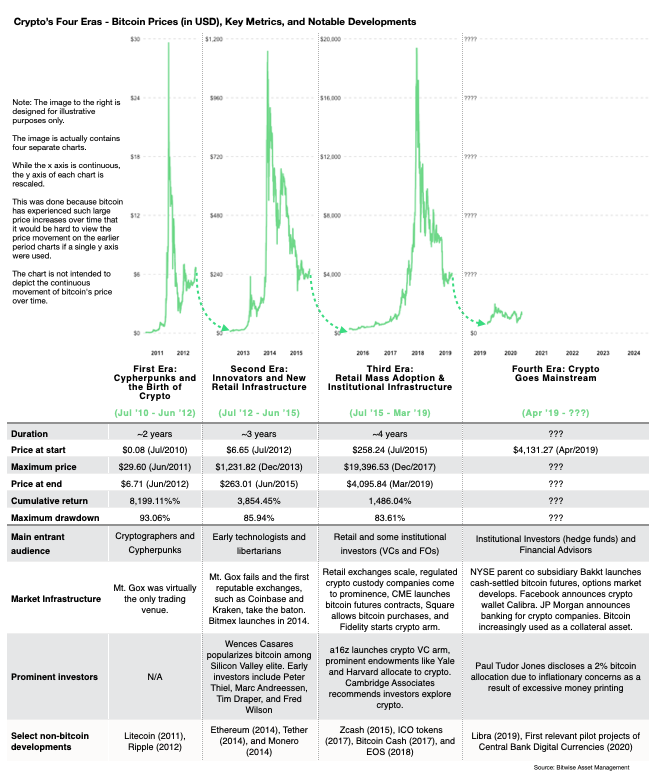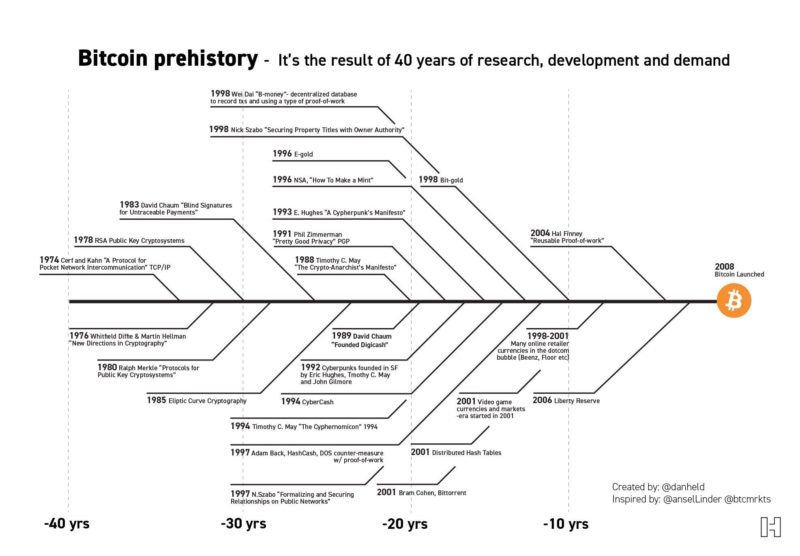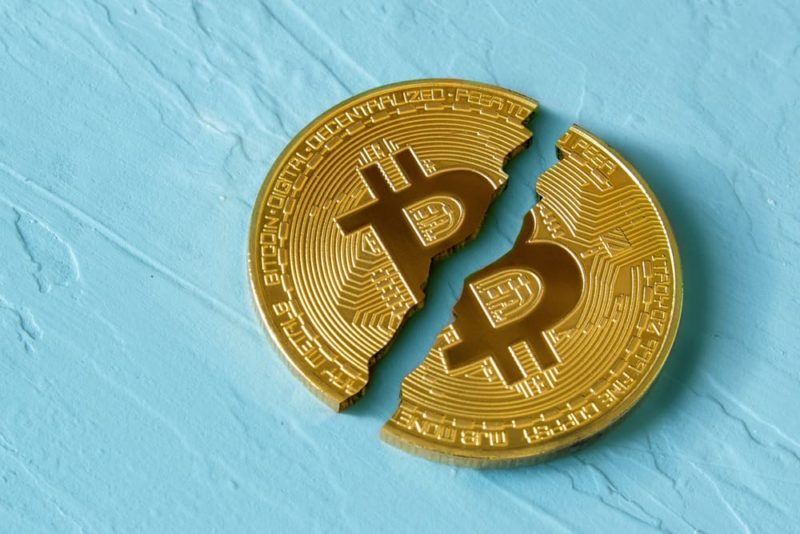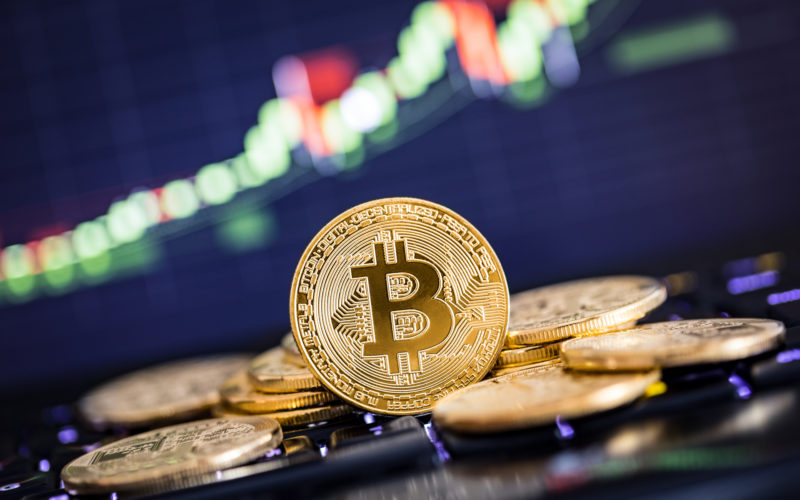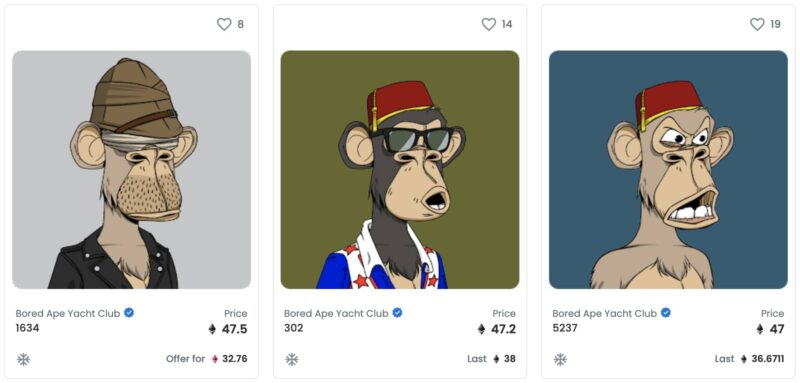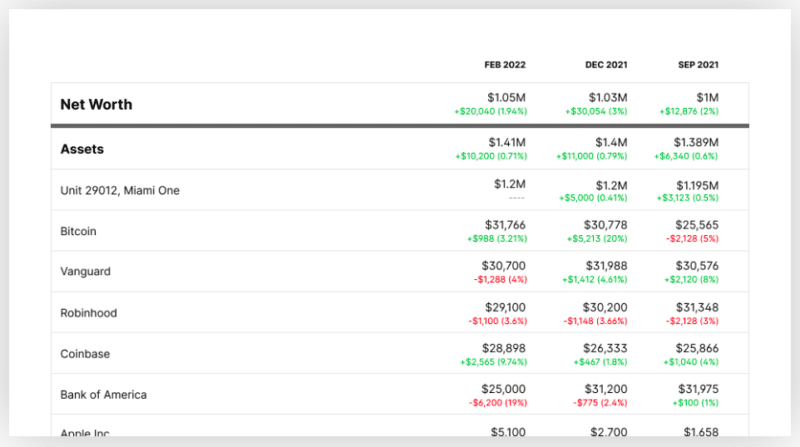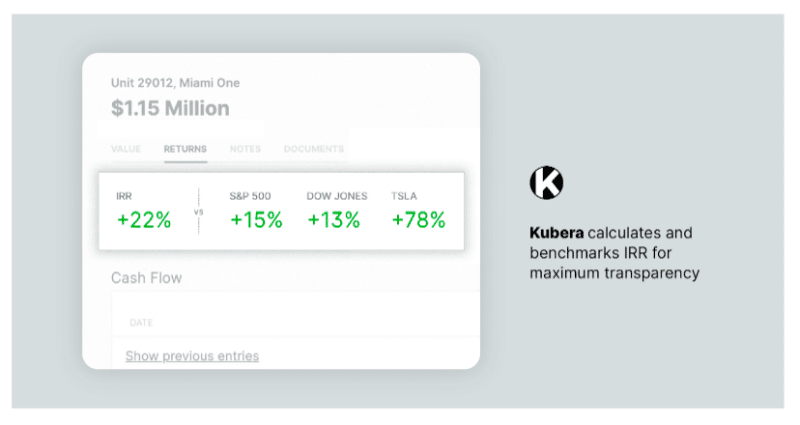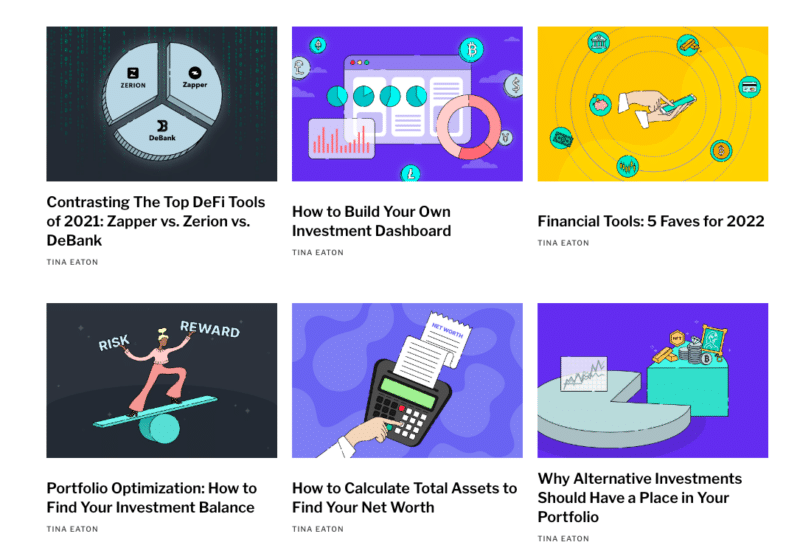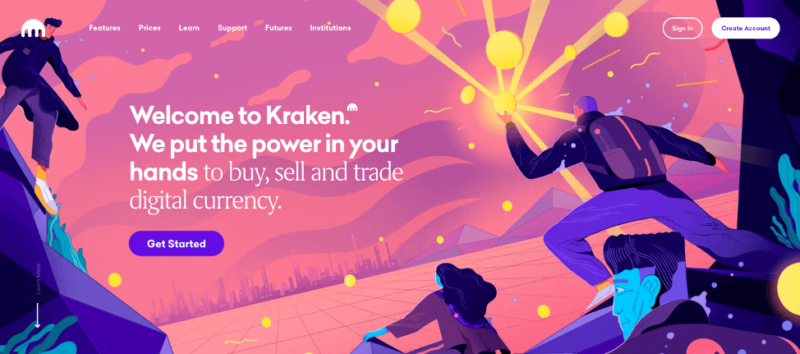
If you’ve been around crypto long enough, you’ve probably noticed that moving big chunks of Bitcoin or Ethereum on regular exchanges can feel like trying to fit an elephant through a doorway. Prices slip, order books dry up, and before you know it, you’ve paid a premium just to get the job done. Enter Over-the-Counter (OTC) desks—the unsung heroes of large-scale crypto trading. Unlike standard exchanges, where trades are public and chaotic, OTC desks allow buyers and sellers to transact directly, off the grid. It’s private, streamlined, and avoids the headache of blowing up the market with a single trade.
Why Use a Crypto OTC Desk?
If you’re a high-volume trader, you know the struggle: place a massive order on a traditional exchange, and you’re basically waving a flag to the market. Suddenly, prices spike or dip as the order book tries (and fails) to keep up. That’s slippage, and it’s a costly game to play. OTC desks solve this problem by matching your order directly with buyers or sellers, often tapping into deep, private liquidity pools to execute trades at a consistent price.
But it’s not just about avoiding slippage—it’s also about keeping things under the radar. Not everyone wants their moves broadcast to the entire crypto world. Whether you’re an institution, a family office, or just someone with deep pockets, privacy matters. OTC desks offer a discreet alternative where your business stays between you and the desk.
And let’s talk about the human touch. OTC trading isn’t automated chaos. You’re assigned a dedicated account manager—an actual person—to help facilitate your trades quickly and at the best possible price. It’s a far cry from the impersonal, one-size-fits-all vibe of regular crypto exchanges.
Why Kraken’s OTC Desk Stands Out
If there’s one thing Kraken has nailed, it’s earning trust. Founded in 2011—practically prehistoric in crypto years—Kraken has built a reputation as one of the most secure and reliable platforms out there. When you’re moving significant sums, trust isn’t optional.
So what makes Kraken’s OTC desk worth your time?
- Deep Liquidity: Kraken taps into massive liquidity pools, which means even the biggest orders won’t send prices spiraling.
- Competitive Pricing: Thanks to Kraken’s network of global liquidity providers, you’re not paying ridiculous premiums. It’s pricing that works in your favor.
- Global Coverage: Whether it’s 2 PM in London or 4 AM in Tokyo, Kraken’s OTC desk operates 24/7, so you’re never left hanging.
- Personalized Service: You’re not just another ticket number. Kraken assigns you a dedicated account manager who handles everything—fast, efficient, and tailored to your needs.
And let’s not forget compliance. In a space where regulators are starting to sniff around every corner, Kraken’s commitment to operating within legal frameworks is a big deal. You get peace of mind knowing your transactions are legit, secure, and compliant.
The Ideal Use Cases for Kraken’s OTC Desk
So who really benefits from Kraken’s OTC desk? If you’re:
- Trading Large Amounts: Buying or selling a boatload of crypto? Kraken ensures you get the best execution without the price rollercoaster.
- An Institutional Investor: Hedge funds, VCs, and family offices can move serious money without making waves in the market.
- Rebalancing a Portfolio: Need to consolidate or liquidate large holdings? Kraken makes it simple, efficient, and drama-free.
It’s all about making big moves quietly and efficiently—no fuss, no slippage, and no public spotlight.
Final Thoughts
OTC desks are the behind-the-scenes workhorses of the crypto world, and they’re only becoming more essential as the market matures. Kraken’s OTC desk, with its deep liquidity, personalized service, and ironclad reputation, stands out as one of the best options for traders who need to get things done—without the hassle. If you’re serious about crypto and you’re moving serious amounts, Kraken’s OTC desk might just become your new best friend.


